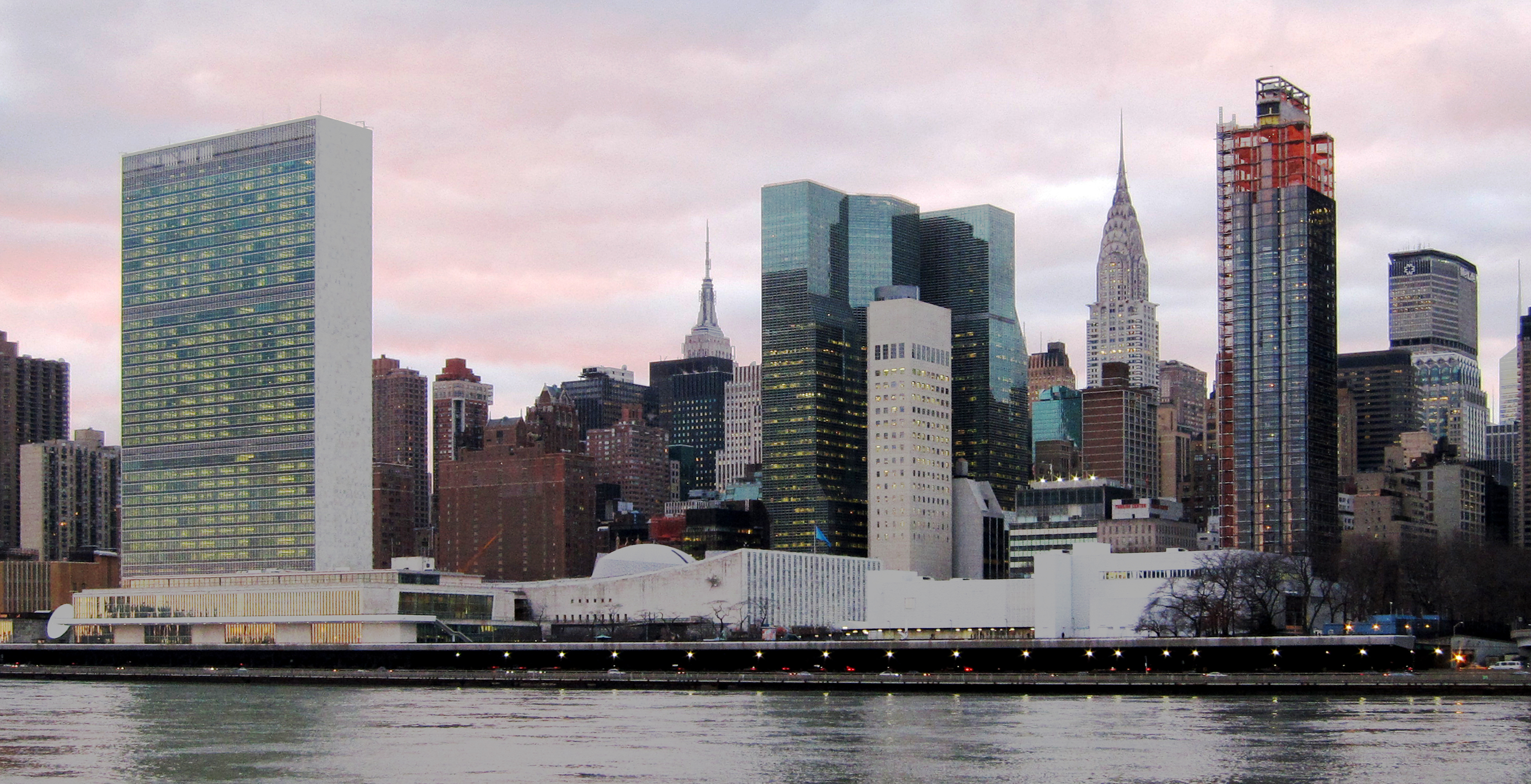The first major meeting of the UN’s (take a breath) “Ad hoc Open-ended Working Group towards a Global Pact for the Environment” or simply OEWG, convened on Monday, 14 January 2019 at the United Nations Environment Program offices in Nairobi, Kenya. During the week-long session, delegates considered the report of the United Nations Secretary-General (UNSG), titled “Gaps in international environmental law and environment-related instruments: towards a global pact for the environment.”
This is the newly hatched grand green dream, for a binding set of new global laws that both encompasses and surpasses all of the existing multinational environmental treaties and agreements (MEAs). I am not making this up.
Not surprisingly this wackiness originated in France, where President Macron wants to be the green king of the world. Introduced at the 72nd session of the UN General Assembly in 2017 by Macron, the pact began its voyage through the UN system, and UN General Assembly resolution 72/277 subsequently established the OEWG with a mandate to submit its recommendations in the first half of 2019.
About 300 participants attended the meeting, especially government delegates from many countries, including the U.S., plus representatives of various international and UN organizations.
The good news is that the meeting turned into something of a fiasco. It turns out that the countries are not excited about surrendering their treaties and agreements.
The issue is so-called “gaps” in the existing legal system, at least according to the Secretary-General’s contentious report. Many delegates, including America’s, said they were biased wishes, not gaps. In fact they were seen by many countries as attacks on existing laws and agreements.
The Trump team was quite aggressive, but so were many others. According to the official report from the meeting, here is the gist of the opening U.S. statement:
“The United States (US) expressed commitment to engaging in discussions on whether gaps exist in the international environmental system that may need to be addressed, and if so, on actions to address such gaps. Highlighting that the UNSG’s report does not comply with its mandate and is “not fully objective nor an accurate reference text,” she said many of the perceived “gaps” identified reflect intentional decisions made by states in specific MEAs, and the report is biased towards the option of a global pact.”
This pointed criticism is strong language for UN diplomatic meetings. It became the central theme of many country’s statements throughout the week, as the following sorts of possible gaps were discussed:
- Gaps concerning principles of international environmental law
- Gaps relating to existing regulatory regimes
- Environment-related instruments
- Gaps relating to the governance structure of international environmental law
- Gaps relating to the implementation and effectiveness of international environmental law
As expected, many of the developing countries said they needed more money to achieve anything big and new. They also blamed lack of funding by the developed countries like America for shortcomings in implementation and effectiveness of existing MEAs. But even here they said that these were national funding problems, not gaps in international global law.
In closing statements the U.S. delegate pointed to the OEWG’s mandate, and noted the absence of consensus on what is or is not a possible gap, or even that gaps exist. With Argentina, Australia, and Canada, he proposed that discussion of options should be left until the OEWG decides whether gaps exist and what they are.
The meeting report is seriously understated in describing the outcome as follows (where IEL stands for international environmental law):
“With relatively little time to prepare recommendations for the UN General Assembly by the end of the first half of 2019, even the most ambitious delegations have observed that whatever package of recommendations emerges will probably, of necessity, fall short of what is objectively needed to completely overhaul the IEL regime, given the current climate for multilateralism and the risks that would accompany any attempt to force a new normative consensus.”
The second of just three OEWG meetings is now scheduled for March 18-20, 2019. As things stand it is not clear that they will be able to recommend much to the General Assembly, except perhaps more meetings. The UN is like that.
But this “Global Pact for the Environment” stuff is definitely a dangerous UN action, one that should be carefully watched. Stay tuned to CFACT.
